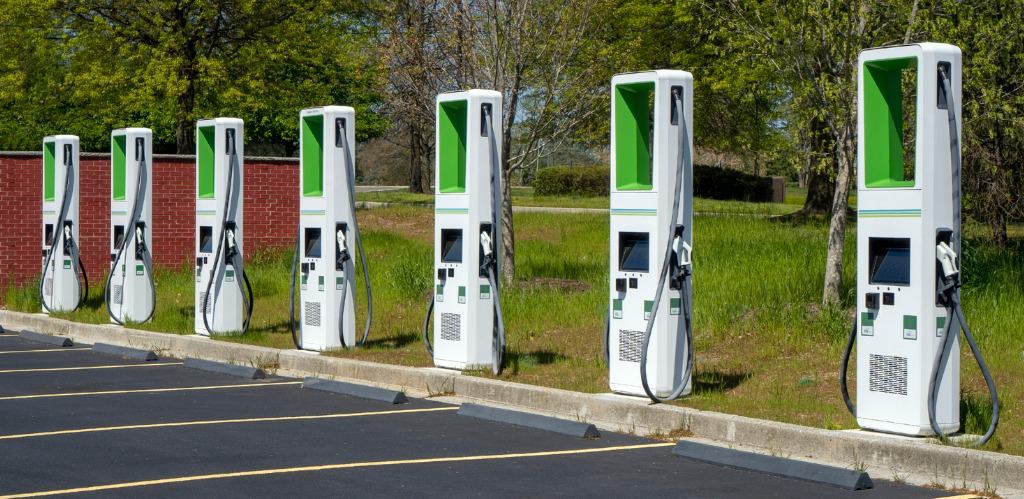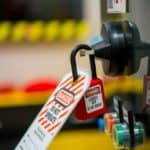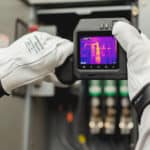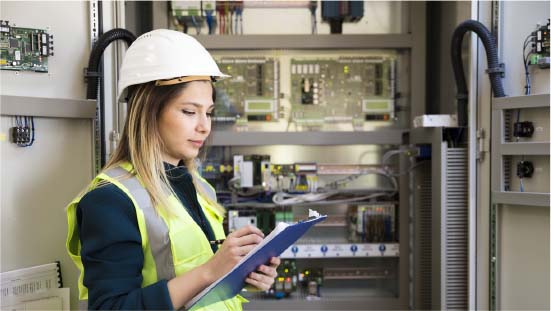Article Originally Featured in Safety+Health
Author: Colin Duncan, SEAM Group CEO & Joseph Pitman, SEAM Group President, Consulting & Training Services
The three critical functions driving operational performance excellence are reliability, maintenance and safety. Aligning these three core disciplines is a fresh approach to safety leadership that will take safety to the next level.
Why align reliability, maintenance and safety? Unifying these functions maximizes asset availability, minimizes unplanned maintenance, makes the most efficient use of capital and optimizes production output, all while operating safely – preventing asset loss and, critically, harm to people.
Here are seven steps essential to achieving alignment:
1. Calibrate goals.
Leaders and stakeholders should understand that the goals and metrics of reliability, maintenance and safety are complementary and do not conflict with each other. Reliability identifies and manages asset reliability risks that can adversely affect operations. Three smaller, more manageable roles come into play here: asset loss elimination, risk management and life cycle asset management. Predictive and preventive maintenance also key in on eliminating loss (equipment failure), managing risk (the probability and severity of failure), and maximizing equipment life cycles. Safety, of course, emphasizes eliminating lost time as a result of injuries, as well as product loss, property loss, environmental damage and capital loss. Calibrating these goals has a common foundation: eliminating or mitigating adverse events that degrade equipment, quality and safety performance.
2. Understand tools and methodologies.
Generally speaking, safety has a well-defined toolkit containing Job Safety Analyses, incident investigation, training, finding and fixing hazards, risk assessment, auditing, reporting, metrics observation and feedback, accountability, engagement, and the continuous improvement cycle of plan-do-check-act. As such, safety’s peers in reliability and maintenance have similar toolkits and concerns: being proactive, assessing risks, recognizing and mitigating adverse events or failures, auditing, reporting, tapping operators’ knowledge and experience, ensuring accountability, measuring performance, and continuous improvement. Training must cut across all three disciplines so each practitioner understands the tools of their peers and how they intersect.





